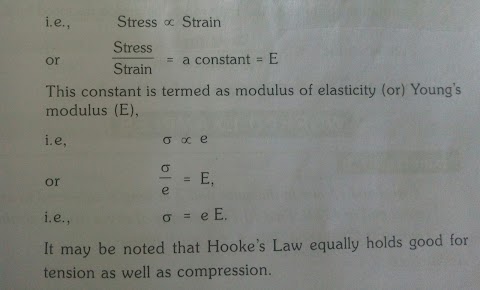Total details of resistance
Resistance: Resistance is the property of a substance which oppose the flow of electric current (or electronics) through it.
laws of Resistance:
1)The resistance of a conducting wire is directly professionally to its length ,l.
R is directly proportional to l
Where l - is the length of the conducting wire
2) The resistance of a conducting wire is inversely proportional to its area of cross section 'a'.
Resistance is inversely proportional to the area of cross section
3) The resistance of a conducting wire will depend upon the nature of the material with which it is made .
4) The resistance of the conducting wire will depends upon its working temperature .
Hence ,from the above factors ,we have
Resistance is directly proportional to the area of cross section.
specific Resistance: Specific resistance of a material is defined as the resistance offered between the opposite faces of a unit cube of the material
The unit of specific resistance is ''ohm- metre''.
Resistance in series: if one end of a resistance is joined with one end of another resistance and finally two ends are brought out from the combination ,then they are said to be connected in series . so that there is only one path of current to flow .
Derivation: consider three resistance R1,R2,and R3 ohms are connected in series across a battery of 'V' volts. There is only one path for current 'I' that is ,current is sane throughout the circuit .
By applying ohm's law the voltage across the resistances .
Hence from the above when a number of resistance are connected in series ,total resistance is equal to the sum of the individual resistances.
Resistance in parallel : If one end of each resistance is joined to a common point and the other end of each resistance is joined ,to another common point such type of connection is called parallel connection. In this type, the number of paths for current flow will be equal to number 9f resistance in the parallel circuits.
Derivation : Consider three resistance R1,R2 and R3 ohms are connected in parallel across a battery of V volts.
The total current 'I' divides in to three parts , that is , I1 flowing through R1,I2 flowing , through R2 and I3 flowing R3.
The voltage across each resistance is the same .




Post a Comment
0 Comments